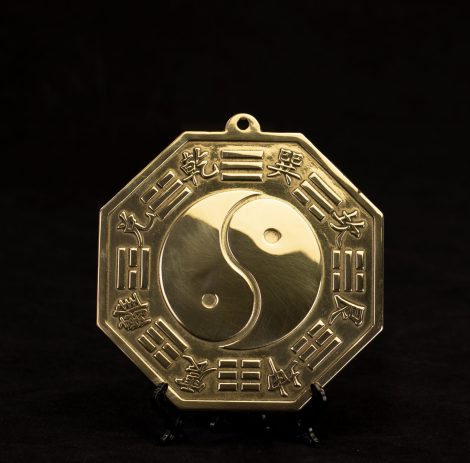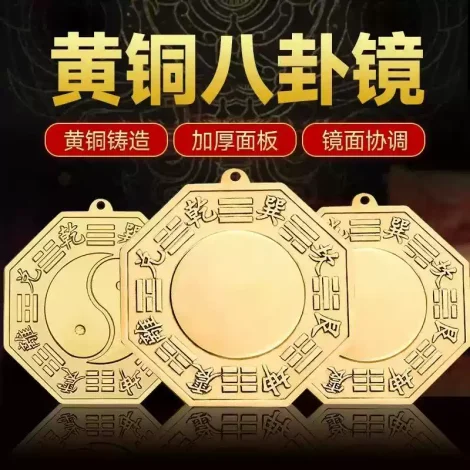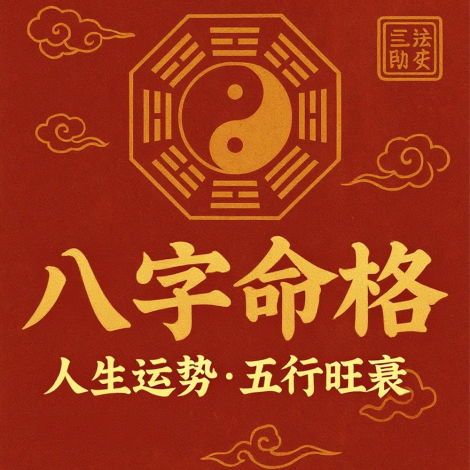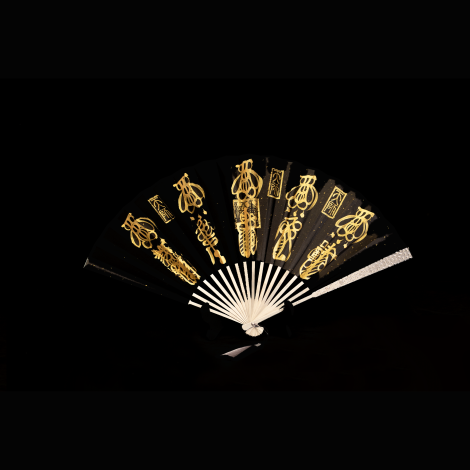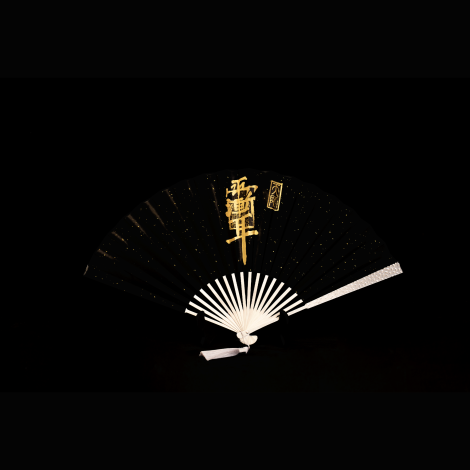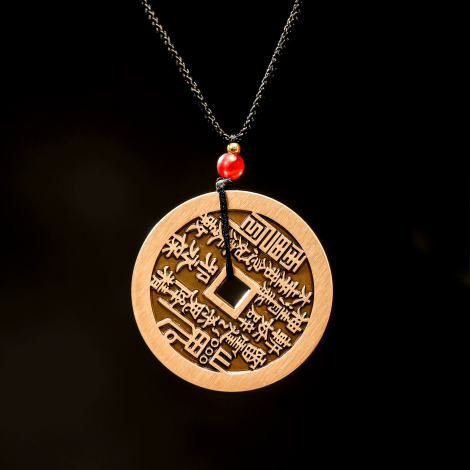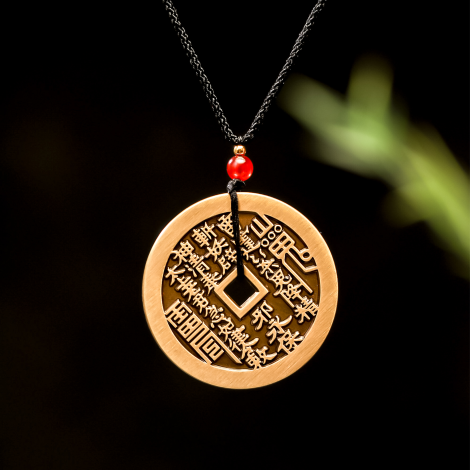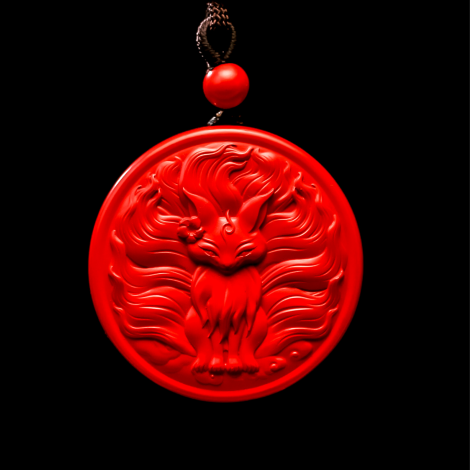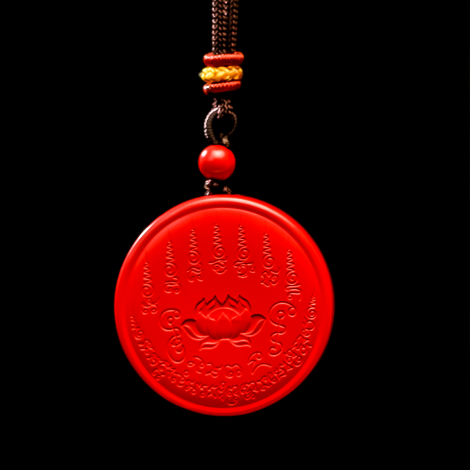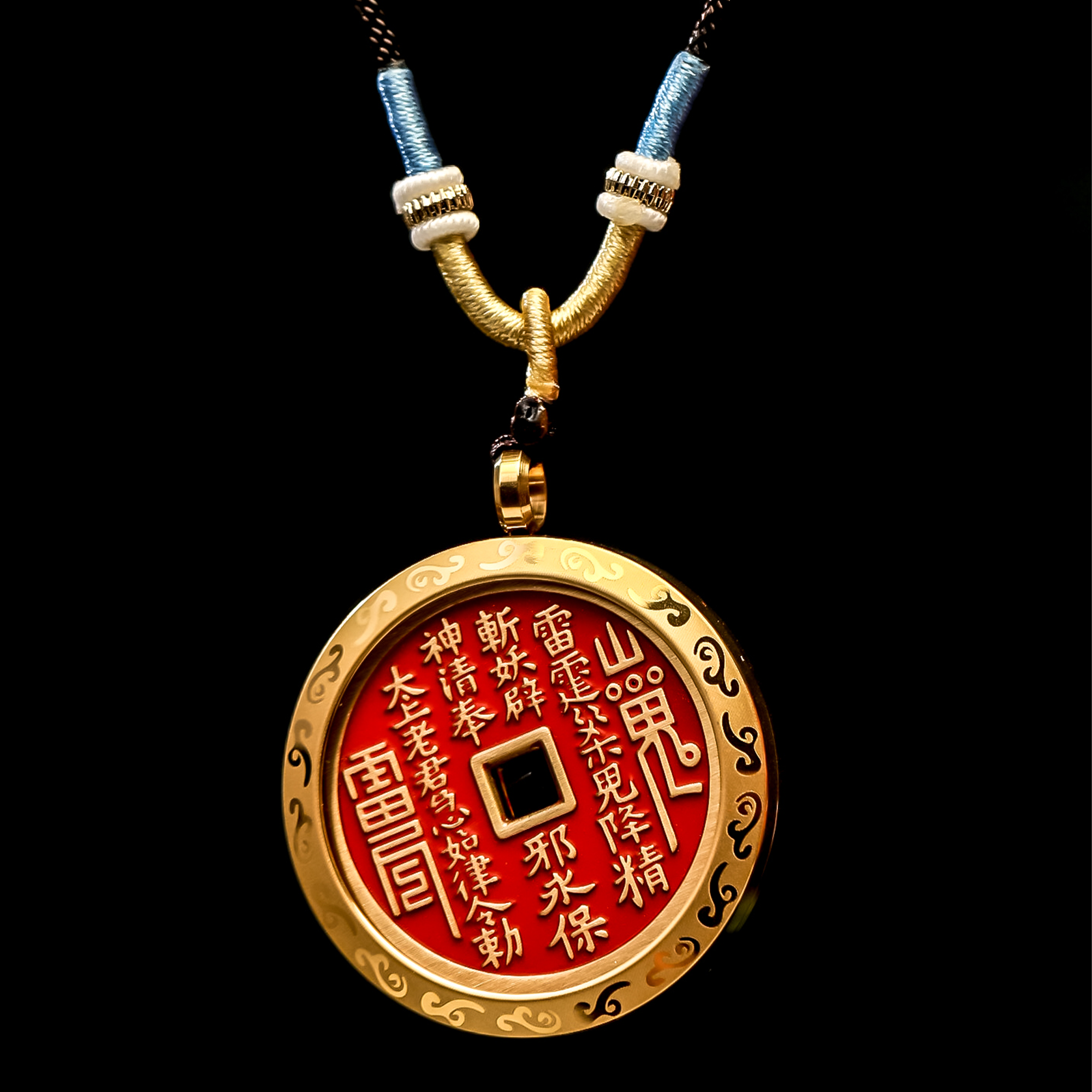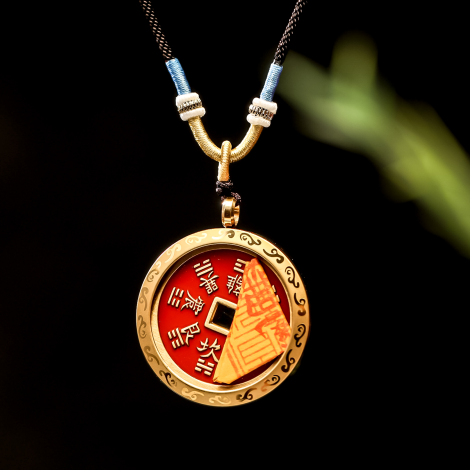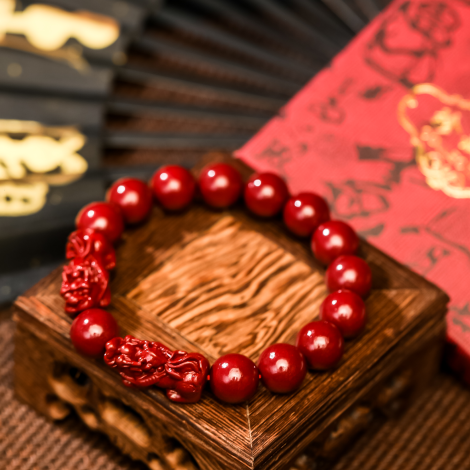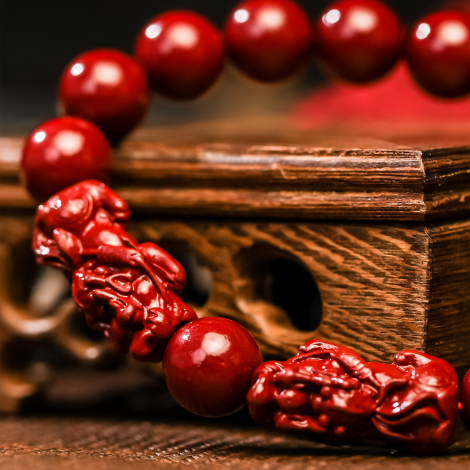1. Origins and History: From Geomancy to Environmental Philosophy
The history of Feng Shui is ancient, and its core philosophy stems from the ancient practice of observing and harmonizing with the natural environment.
Ancient Origins (Primitive Settling):
The initial form of Feng Shui was rooted in the primitive society’s experience of “choosing a dwelling.” In ancient times, people needed to build homes and settlements in areas that were shielded from the wind, exposed to sunlight, and close to water for safety. This led to the development of the “backing the mountain, facing the water” concept, which was based on survival instincts and a deep understanding of natural laws.
Theoretical Foundation (Pre-Qin to Han Dynasty):
During this period, the philosophical ideas of Yin-Yang, the Five Elements, and the Eight Trigrams gradually matured, forming the theoretical foundation of Feng Shui. The Zhou Yi (I Ching) established the concept of “Heaven and Man as One,” which posited that humans and nature form an organic whole. In the Han Dynasty, early Feng Shui texts like Kan Yu Jin Gui appeared, with “Kan” (Heaven’s way) and “Yu” (Earth’s way) representing the study of celestial phenomena and geographic landscapes.
System Maturity (Tang and Song Dynasties):
During the Tang Dynasty, Feng Shui theory saw significant development. Yang Yun Song (also known as Yang Jiupin) is regarded as the founder of the “Form School” (or “Mountain and Water School”), which emphasized observing the shape and form of landscapes. The Song Dynasty marked the peak of Feng Shui, with the “Qi” School flourishing, integrating more complex methods involving the Eight Trigrams, stars, and astrology. The Zang Shu (Tomb Book), attributed to Guo Pu, proposed the principle “Qi travels with the wind and is stopped by water,” profoundly influencing later generations.
Popularization and Controversy (Ming Qing to Modern Times):
During the Ming and Qing Dynasties, Feng Shui became widely practiced by the public for house construction, site selection, and burial customs. At the same time, it also became mingled with more mystical and superstitious elements. In modern times, Feng Shui was initially viewed as feudal superstition, but its core principles—referred to as “environmental selection studies”—have been reexamined, drawing new interpretations from fields such as environmental psychology and architecture.
2. Core Principles and Schools: The “Operating System” of Feng Shui
Although Feng Shui theory is complex, it is built upon several core principles and has developed into different schools of thought.
Core Principles:
Qi (Energy):
This is the central concept of Feng Shui. “Qi” represents a flowing energy and life force. Ideal Feng Shui aims to ensure that “Qi” accumulates and flows slowly, curving, and evenly, rather than rushing or stagnating. This is often referred to as “hiding the wind and gathering the Qi.”Yin-Yang Balance:
Everything in the universe contains Yin and Yang (e.g., male Yang, female Yin; mountain Yang, water Yin). A good Feng Shui layout seeks to balance and harmonize these forces.Five Elements (Wu Xing):
The five elements—Metal, Wood, Water, Fire, and Earth—have a relationship of generation (promotion) and control (suppression). Feng Shui layouts often use Five Element colors, materials, and shapes to adjust the energy flow in space and maintain balance.Form and Qi:
These are the two primary methods in Feng Shui.Form School (Xing Shi):
Focuses on the visible forms and shapes of mountains, rivers, buildings, and roads. Key concepts include “dragon veins” (mountain forms), “locations” (land sites), “protective hills” (surrounding landforms), and “auspicious water flow.”Qi School (Li Qi):
Calculates the “Qi” that is invisible to the naked eye. It involves using directions (Eight Trigrams), stars (Nine Star Flying Method), and the individual’s Ba Zi (Four Pillars of Destiny) to determine the distribution of Qi in time and space, allowing for a more refined layout. This requires precise compass readings (Luo Pan).
Common Schools:
Ba Zhai School (Eight Mansions):
Divides residences based on their orientation into “East Four Mansions” and “West Four Mansions,” and people into “East Four Life” and “West Four Life,” emphasizing the compatibility of a person’s life energy with the house.Xuan Kong Flying Stars School:
A branch of the Qi School, combining time (Three Cycles, Nine Periods) and space, using the changes in “Flying Stars” to judge auspicious or inauspicious outcomes. It is a highly complex and detailed system.Yang Gong Feng Shui:
A representative of the Form School, emphasizing the on-site examination of “dragon veins,” “locations,” “protective hills,” and “auspicious water.”
3. Types and Applications: Modern Feng Shui Practices
Modern Feng Shui is primarily applied in three major scenarios:
Residential Feng Shui (Yang Zhai)
This is the part most relevant to everyday people, aiming to create a healthy, harmonious, and prosperous living environment.Overall Layout:
The house should have a square or rectangular shape, avoiding missing corners. It should have good lighting, ventilation, and airflow, with gentle wind flow (“hiding the wind, gathering the Qi”).Main Door:
Known as the “Qi Mouth,” it is crucial. It should be open and bright, avoiding direct alignment with elevators, stairs, bathrooms, or direct access to the back door (which causes “through-door killing”).Living Room:
Should be spacious and bright, located in the front half of the house, symbolizing career success. The sofa should ideally be placed against a solid wall for support (“backing mountain”).Bedroom:
Should be quiet and dark. The bed should not face the door or mirror, and the headboard should be against a wall. Avoid beams overhead.Kitchen:
Represents food and wealth. The stove (Fire) should not face the sink (Water), as Fire and Water are in conflict.Bathroom:
Represents impurity. It should not be located in the center of the house or face the main door, kitchen, or bedroom.Colors and Materials:
The Five Elements theory is used to choose decoration colors and materials (e.g., Wood is East, so green is ideal; Fire is South, so red works well).
Commercial Feng Shui
Aims to attract wealth, customers, and talent, promoting business growth.Location:
The building should follow the “left green dragon, right white tiger, front vermilion bird, and back black turtle” principles. The back should be supported (e.g., tall buildings), with an open front (e.g., plazas or parks), protective elements on both sides, and water in front (e.g., roads or water features).Main Door:
Should be grand and conspicuous to attract customers.Reception Area:
The “Qi Mouth” of the business, it should be in a favorable position, bright and tidy.CEO’s Office:
The position is crucial—should be in the back, quiet, with a solid wall behind the seat, symbolizing strong support (“backing mountain”).Finance Room:
Should be in a secure and discreet location, ideally in a “wealth position.”
Cemetery Feng Shui (Yin Zhai)
Selecting a burial site for the deceased, with the belief that it impacts the fortune of future generations. The core principle is to find a place that can gather the “Qi” of Heaven and Earth, bringing blessings to descendants. This is the earliest form of Feng Shui application.
Conclusion
Feng Shui layout is an ancient Chinese practice that involves selecting, planning, and adjusting residential and environmental spaces to achieve harmony between humans and nature, and to maximize benefits while avoiding harm.


